Source: Dailytech
The new treatment is known as Kanzius RF Therapy, named after Pennsylvania inventor John Kanzius, a retired radio and TV engineer. The method on a most basic level involves attaching nanoparticles to cancer cells and then blasting them with RF, effectively cooking the cancer cells.
In tests the new treatment has an amazing perfect record — it killed 100 percent of cancerous cells, while leaving healthy cells untouched.
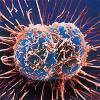
Source: Dailytech
The Teramobile project is an international program dedicated to researching the nonlinear propagation of high powered pulse lasers over great distances through the atmosphere. One of the focuses of the research is triggering lightning strikes using a mobile terawatt laser unit.
In this case, the lasers trigger lightning by producing plasma filaments inside thunderclouds. The filaments conduct electricity and can cause electrical discharge.

Source: NewScientistTech
Materials that directly convert radiation into electricity could produce a new era of spacecraft and even Earth-based vehicles powered by high-powered nuclear batteries, say US researchers.
Source: Dailytech
A new alignment and waveguide technology under Sun’s care may give birth to a new breed of multi-core supercompters
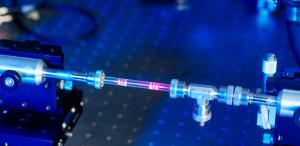
Source: Dailytech
The world record for the amount of data sent by a single photon was shattered using some intensely cerebral science.
The new record for so called “dense coding” in linear optics, set by researchers at the University of Illinois, involves the use of hyperentanglement to achieve “superdense” coding levels. Paul Kwiat, a John Bardeen Professor of Physics and Electrical and Computer Engineering, explains dense coding stating, “Dense coding is arguably the protocol that launched the field of quantum communication. Today, however, more than a decade after its initial experimental realization, channel capacity has remained fundamentally limited as conceived for photons using conventional linear elements.”

Source: Dailytech
Last week scientists from Yale working with researchers from Asuragen, Inc. announced they found a treatment that has performed well in lab mice for treating lung cancer using micro RNA (miRNA). The miRNA used in the study is called let-7.
Let-7 has been found to be present in reduced amounts in cancerous lung tumors. The low concentrations of this let-7 miRNA are thought to contribute to the development of lung tumors. The work of the researchers has demonstrated that the miRNA inhibits the growth of lung tumors and cancer cells in culture and lab mice.
Source: Dailytech
The cancer fighting nanomachine developed by the researchers uses mesoporous silica nanoparticles with interiors of the pores coated with azobenzene. Azobenzene is a chemical that can oscillate between two conformations with light exposure.
The researchers found that the nanoimpellers were taken up by cancer cells and that when light was applied to the area where the cancer was located the nanoimpellers released the anticancer drug payload directly into the cancer cells. Confocal microscopic images showed that the operation of the nanoimpeller can be regulated precisely depending on the intensity of the light, excitation time and specific wavelength.
Source: Dailytech
Scientists from Japan believe the origami airplanes could make it back to Earth without catching fire
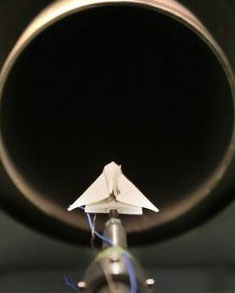
Source: Dailytech
The researchers used nanoparticles described as tiny beads of an oily, inert substance able to be coated with a variety of active substances. The researchers coated the nanoparticles with a fungal toxin called fumagillin. Fumagillin has profound neurotoxic side effects at high doses when used as a cancer treatment by conventional methods.
The researchers were able to coat the nanoparticles with fumagillin in low doses and also coated the nanoparticles with molecules designed to stick to proteins primarily found in growing blood vessel cells. One of the most prolific sources of growing blood vessels in the body are cancerous tumors that have to grow their blood supply to be able to grow in size.
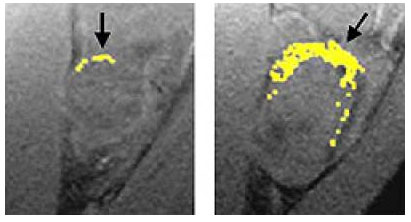
 Source: Dailytech
Source: Dailytech
The key to the room temperature superconductor, long thought to be a virtually unobtainable holy grail of electronics, was pressure. The new material substitutes super cooling for super pressure, which in some materials, can have equally powerful effects inducing superconductivity. Researchers claim that the new material needs no cooling and could be used to create room temperature superconducting wires. Professor John Tse of the University of Saskatchewan remarked, “If you put hydrogen compounds under enough pressure, you can get superconductivity. These new superconductors can be operated at higher temperatures, perhaps without a refrigerant.”
Source: Dailytech
New chip design uses only 0.3V of power
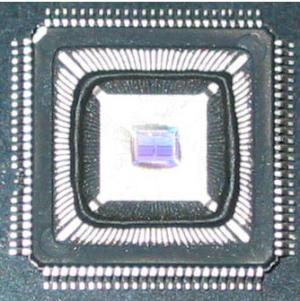










 Source:
Source: 
Recent Comments